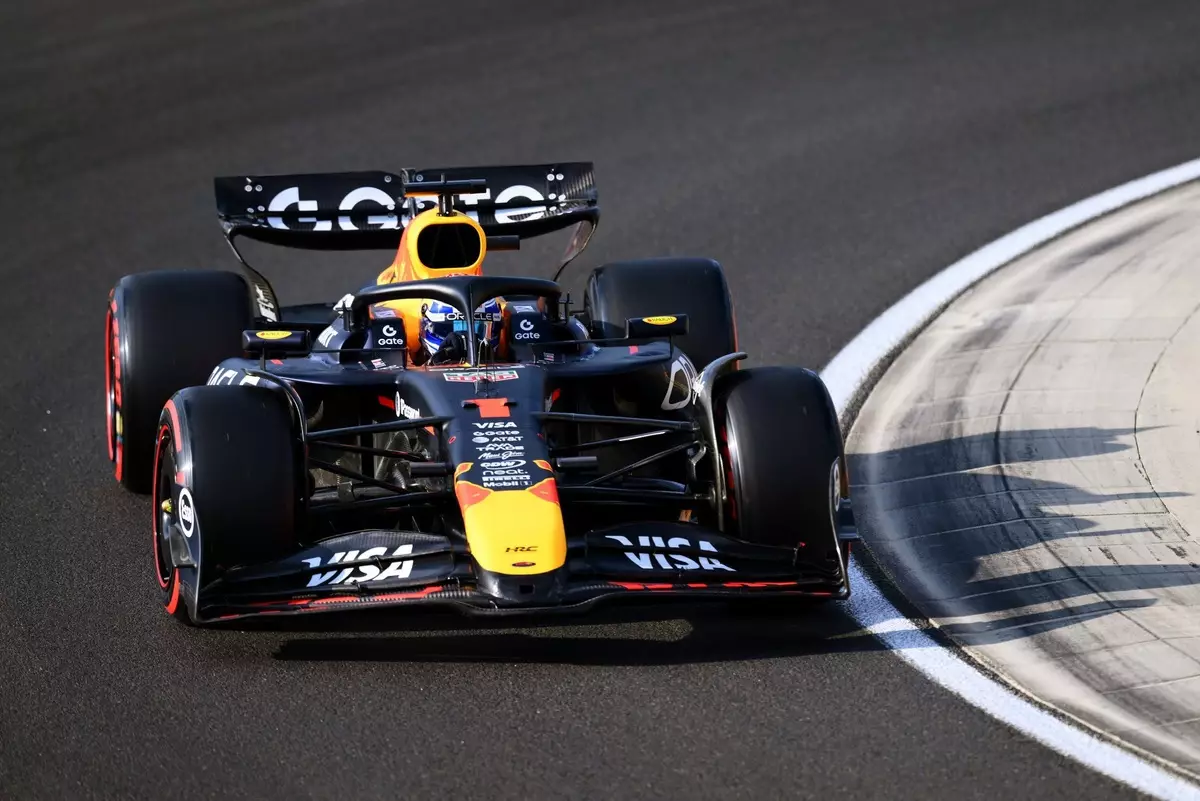Max Verstappen, often celebrated as a driving prodigy and reigning Formula 1 world champion, found himself grappling with an unfamiliar sense of helplessness during the opening Friday sessions at the Hungarian Grand Prix. His candid remarks about “nothing really working” on his Red Bull RB21 underscore a rare vulnerability for a driver of his caliber. Such honesty, while commendable, reveals deeper systemic issues within the team’s current setup. For a driver renowned for his ability to adapt and excel even under adverse conditions, these struggles suggest an alarming deviation from their usual performance standards. The image of Verstappen, a competitor historically known for his aggressive yet precise driving, stuck in a car that behaves “like driving on ice,” paints a vivid picture of an engineering challenge that has far-reaching implications for their championship ambitions.
This is a critical moment that exposes not just the car’s inadequacies but also the fragility of their current form. For any top-tier team, a day where “nothing really works” should be a wake-up call, highlighting potential flaws in design philosophy or adaptation strategies. Verstappen’s frustration isn’t merely about individual performance; it signals a broader concern about Red Bull’s ability to troubleshoot and optimize quickly—something they’ve historically excelled at but now seem to be struggling with.
Struggling to Find the Root Cause
The detailed post-session debrief, involving Verstappen, team boss Laurent Mekies, and engineers, hints at a team desperately trying to diagnose what has gone wrong. Yet, the fact that they still lack clarity regarding the root causes points to a deeper issue: the unpredictability of their car characteristics under specific conditions. The Hungarian track, with its unique blend of high-speed corners and unpredictable grip levels, has revealed weaknesses that perhaps were masked in previous races. The difficulty in replicating success in the early testing phases indicates that their data and assumptions may need significant reevaluation.
This ambiguity contrasts sharply with their previous reputation for meticulous engineering and quick adaptability. It suggests that the team might be facing fundamental design challenges—possibly related to aerodynamics, suspension setup, or tire dynamics—that are not easily remedied overnight. Verstappen’s acknowledgment of the team’s current predicament underscores a sobering reality: even the best can falter without proper understanding and responsiveness. Their capacity to turn things around before the race depends heavily on their ability to conduct effective overnight investigations and implement solutions swiftly.
Strategic and Psychological Implications
The incident involving the towel, while seemingly minor, underscores the heightened pressure and the chaotic environment within the team on race weekends. Stewards’ warnings for unsafe release due to Verstappen’s errant towel are reminders that every detail matters when a team faces performance struggles. Such distractions—be it mechanical issues or regulatory oversights—compound the psychological toll on drivers and engineers alike.
For Verstappen, a driver accustomed to leading and dominating the field, this low point could be a test of resilience. However, history suggests that champions often emerge strongest from moments of adversity. Yet, this doesn’t mean complacency should be tolerated. Instead, Red Bull must take this as an opportunity to reassess their car architecture, improve communication channels, and foster a culture of rapid troubleshooting.
Yuki Tsunoda’s experience paints a different picture—while not plagued by the same dire issues as Verstappen, his struggles with grip reflect the broader challenge facing the team. The disparity in performance between teammates highlights the unpredictable nature of their machinery and indicates that optimal setup is still elusive. Tsunoda’s small progress from FP1 to FP2 offers hope, but it’s ultimately symptomatic of an automotive paradigm that needs recalibration.
The events of this Friday lay bare a pivotal juncture for Red Bull Racing. Despite their history of innovation and quick turnaround, setbacks like these threaten to derail their championship run if not addressed promptly. Verstappen’s honesty about the car’s “undriveable” state should serve as a rallying cry for the team—a reminder that even the most dominant forces are vulnerable to technical and strategic pitfalls. The Hungarian Grand Prix, often unremarkable for others, might turn out to be the catalyst for Red Bull’s introspection, forcing them to overhaul their approach and reaffirm their status atop Formula 1’s competitive hierarchy. Only through relentless analysis, swift action, and unwavering determination can they hope to reclaim their peak performance and restore faith in their engineering precision.


Leave a Reply